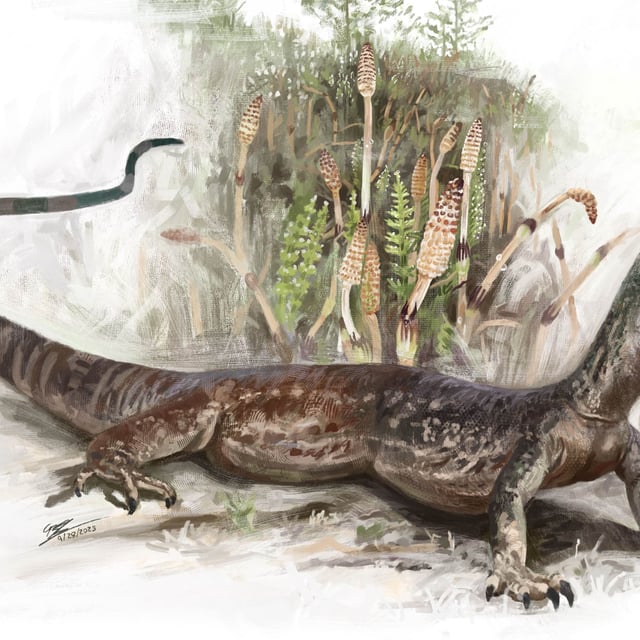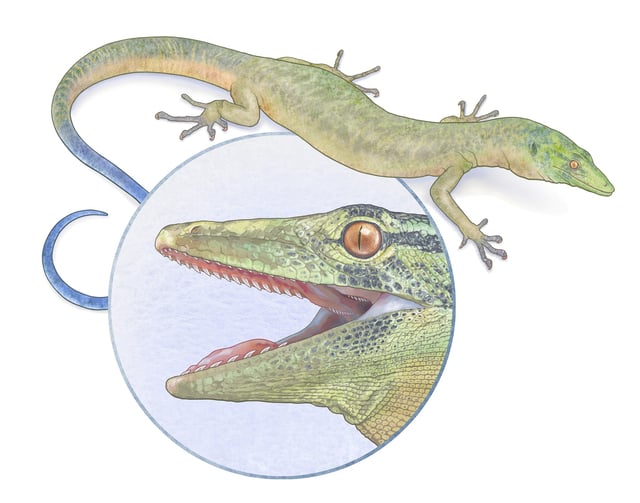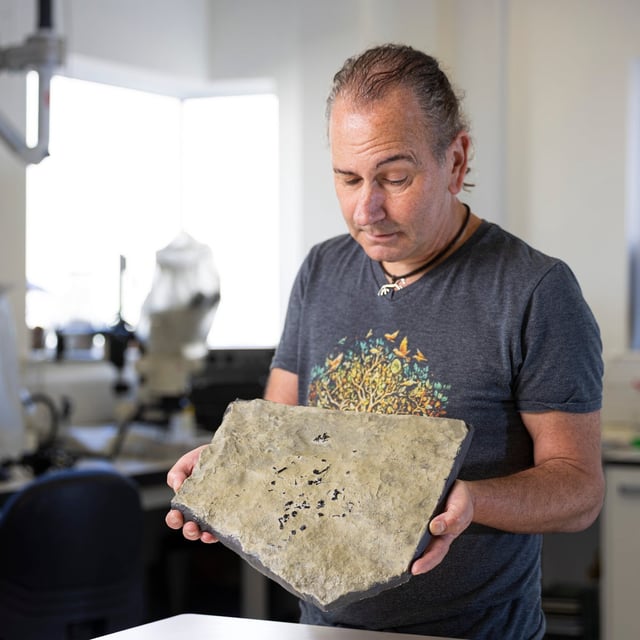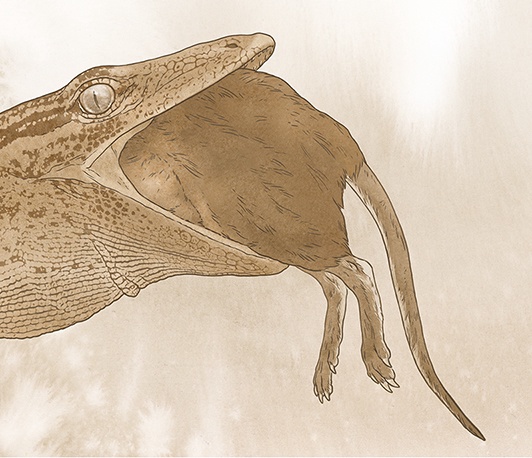Overview
- A Nature study published October 1 formally names Breugnathair elgolensis, a 167-million-year-old squamate from Scotland’s Isle of Skye with python-like jaws and recurved teeth paired with a limbed, short-bodied form.
- The fossil anchors the enigmatic Parviraptoridae by showing snake-like and gecko-like features in a single animal rather than two mixed specimens.
- Phylogenetic tests return conflicting placements, resolving parviraptorids either near early toxicoferans (potential stem-snake relatives) or on the squamate stem with convergent snake-like feeding adaptations.
- Researchers spent nearly a decade preparing the specimen and imaging it via CT and high-powered X-rays at the European Synchrotron Radiation Facility to recover fine anatomical detail.
- Now housed at National Museums Scotland, the roughly 41 cm animal was likely a predator of smaller lizards, early mammals, and possibly juvenile dinosaurs, reinforcing Skye’s significance for Middle Jurassic fossils.



